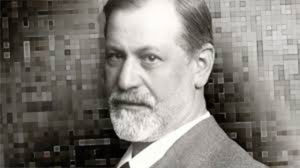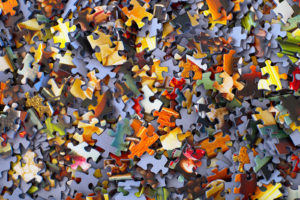Figures de l’illusion
Résumé
Trois brèves vignettes cliniques, centrées sur l’utilisation d’un objet ou d’une image mentale qui évoque le fétichisme, introduisent une discussion où sont mises en perspective la “théorie transitionnelle” de Winnicott et les conceptions de J. Chasseguet concernant la perversion. Un continuum entre les phénomènes transitionnels et l’espace d’illusion d’une part, l’utilisation fétichiste de l’objet et l’illusion perverse d’autre part, est esquissé ; la place de l’illusion inhérente à la relation analytique est évoquée dans cette double perspective.
Samenvatting
Vertrekkend van drie korte klinische illustraties, toegespitst op het gebruik van een object of een mentaal beeld, verwijzend naar het fetisjisme, komt het tot een bespreking waarin zowel de transitionele theorie van Winnicott als de opvattingen van J. Chasseguet aan bod komen.
Daarbij wordt een doorlopend geheel geschetst dat aan de ene zijde reikt van de transitionele verschijnselen en de illusie-ruimten tot het fetisjistisch gebruik van het object en de perverse illusie aan de andere zijde.
Vanuit dit dubbel perspectief wordt de rol belicht van de illusie die inherent is aan de analytische relatie.
Summary
Three brief clinical extracts, centered upon the use of an object or of a mental image which brings fetishism to mind, introduce a discussion in which Winnicott’s “transitional theory” and the conceptions of J. Chasseguet concerning the perversions are reviewed. A continuity is traced between transitional phenomena and illusional space on the one hand, fetichistic use of an object and perverse illusion on the other : the place of illusion which is inherent in the analytic relationship is brought out from this double point of view.





